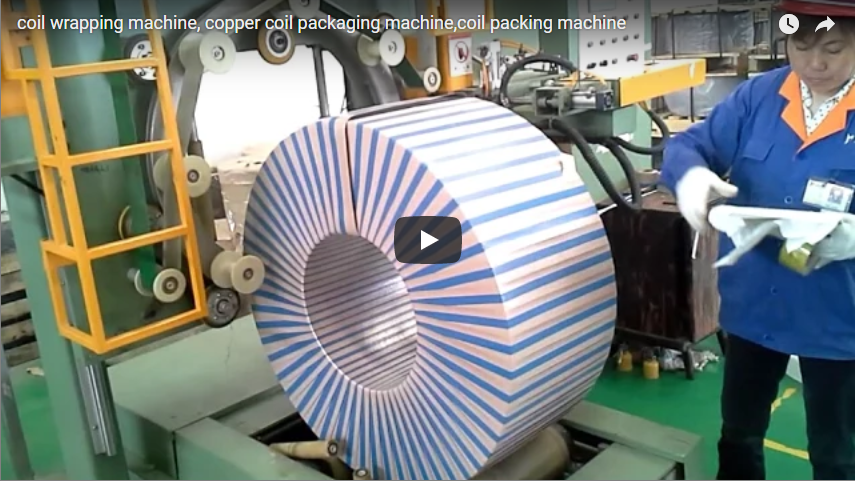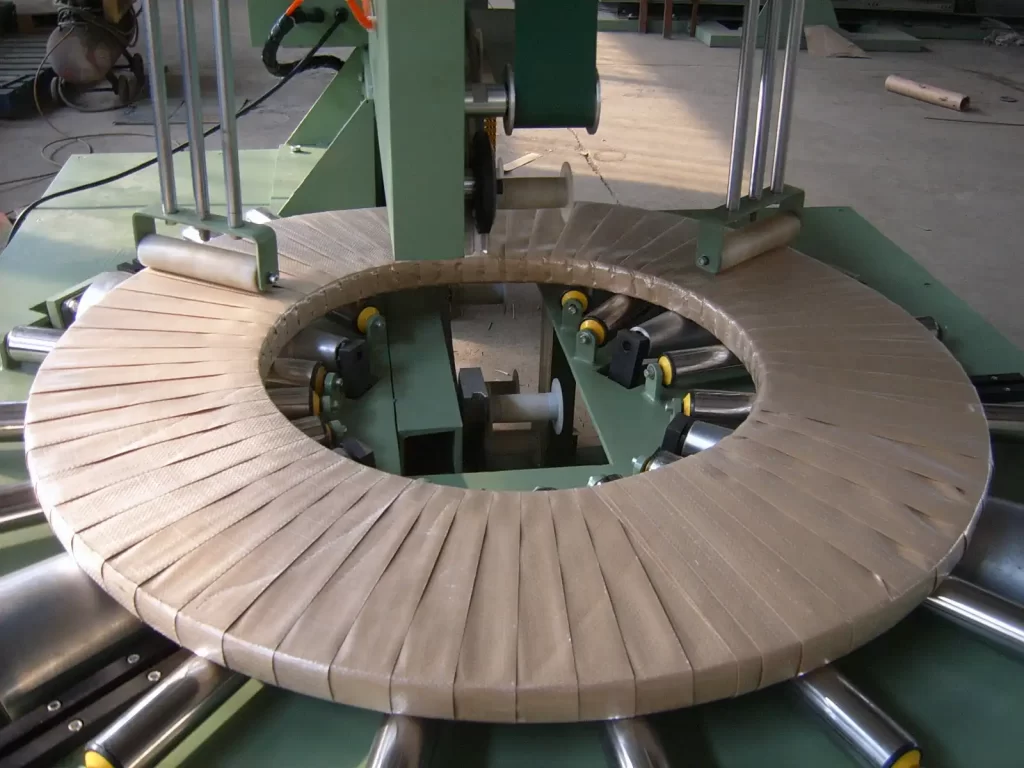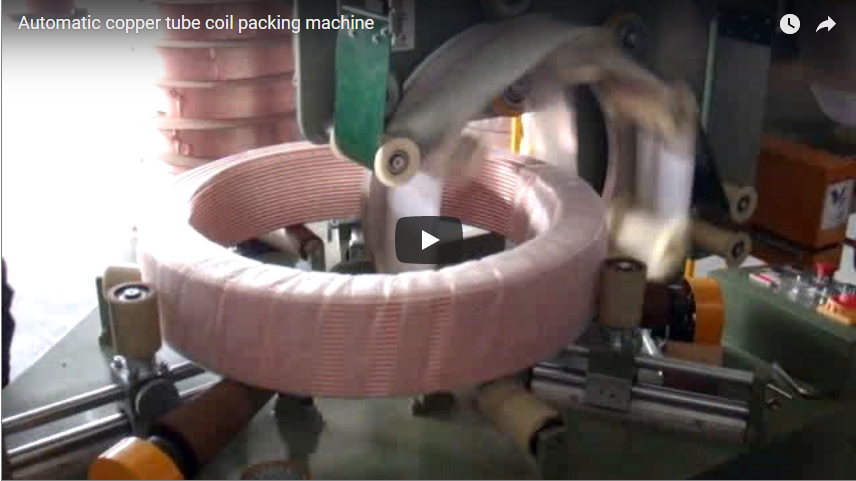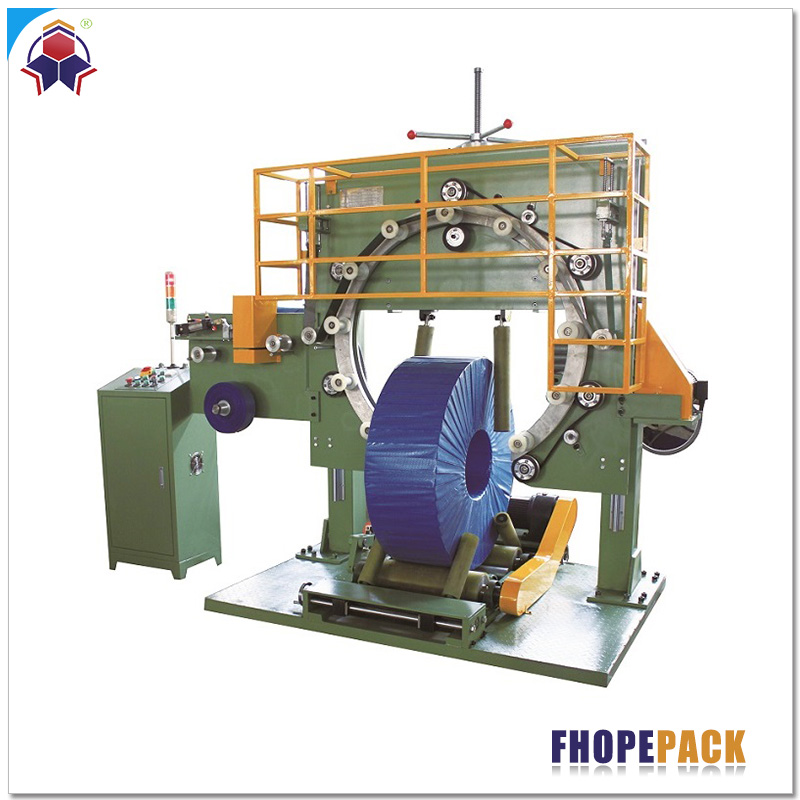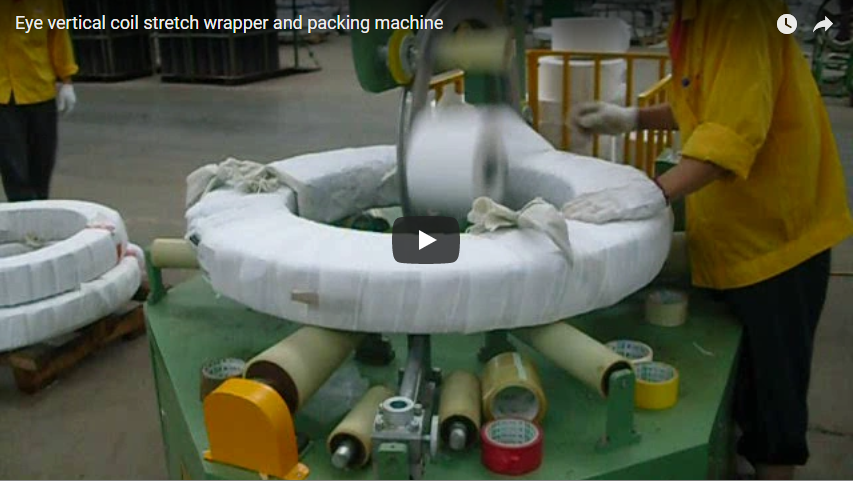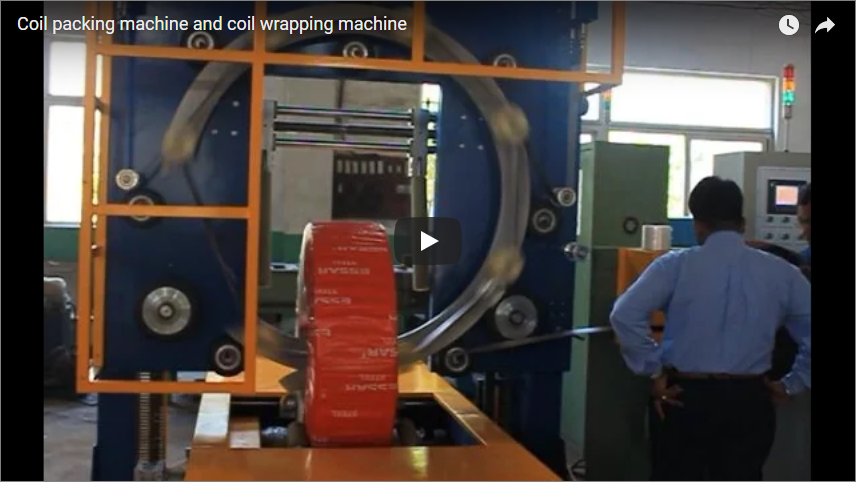Mastering Coil Packaging: Advanced Solutions for Wire, Steel, and Copper Coils
The handling and transportation of wire coils, steel coils, and copper coils present unique challenges in the manufacturing and distribution sectors. These products are often heavy, prone to damage, susceptible to corrosion, and require secure packaging for safe transit and storage. Automated packing machines specifically designed for coils offer a robust solution, enhancing efficiency, product protection, and operational safety.
1. Understanding the Need for Specialized Coil Packaging
Coils, whether made of steel wire, structural steel, or conductive copper, require careful handling. Improper packaging can lead to:
- Surface Damage: Scratches, dents, or abrasions diminishing product quality.
- Corrosion: Exposure to moisture and environmental factors causing rust or oxidation, particularly critical for steel and copper.
- Deformation: Loss of shape during handling or transit.
- Safety Hazards: Unstable coils pose risks during loading, unloading, and storage.
Specialized coil packing machines address these issues by providing consistent, secure, and protective wrapping.
2. Core Technology: The Orbital Wrapping Process
Most modern coil packing machines utilize an orbital wrapping mechanism. Here’s a simplified breakdown of how it works:
- Coil Loading: The coil is typically placed onto a set of support rollers or a conveyor system, positioning its central axis (the eye) correctly.
- Orbital Ring: A rotating ring carries a shuttle equipped with the wrapping material dispenser (e.g., stretch film roll, VCI paper).
- Wrapping Cycle: The ring rotates around the coil's outer diameter while simultaneously passing through the coil's eye. This allows the wrapping material to be applied circumferentially around the coil's cross-section.
- Material Application: As the ring rotates, the wrapping material is dispensed. Tension control systems ensure the material is applied tightly and consistently, securing the coil layers and providing protection.
- Coil Rotation (Optional): In many systems, the support rollers slowly rotate the coil itself, ensuring even overlap and complete coverage of the coil surface.
- Cutting and Sealing: Once the programmed number of wraps is complete, the machine automatically cuts and secures the end of the wrapping material.
3. Key Machine Types and Configurations
Coil packing machines are not one-size-fits-all. They vary based on:
- Coil Size and Weight: Machines range from those handling small wire or copper coils to heavy-duty systems for large master steel coils weighing several tons.
- Automation Level: Options range from semi-automatic (requiring manual loading/unloading) to fully automated lines integrated with coil tilters, conveyors, and robotic handling.
- Wrapping Material: Systems can be designed specifically for stretch film, VCI (Volatile Corrosion Inhibitor) paper, HDPE woven belts, or combinations thereof.
4. Technical Specifications to Consider
When evaluating a coil packing machine, key parameters include:
- Coil Dimensions:
- Outer Diameter (OD) Range
- Inner Diameter (ID) Range
- Width Range
- Maximum Coil Weight: Crucial for structural and handling capacity.
- Wrapping Materials: Compatibility with required films, papers, or belts.
- Ring Speed / Rotational Speed: Affects cycle time (coils per hour).
- Wrapping Overlap: Adjustable settings for desired level of protection.
- Tension Control: Precision control for different materials and coil types.
- Control System: Typically PLC-based with a Human-Machine Interface (HMI) touch screen for recipe storage, diagnostics, and parameter adjustments.
5. Material Matters: Choosing the Right Wrapping Medium
The choice of wrapping material depends on the coil type and protection requirements:
- Stretch Film: Provides containment, stability, and basic protection against dust and moisture. Cost-effective for many applications.
- VCI Paper/Film: Impregnated with volatile corrosion inhibitors, essential for protecting ferrous (steel) and non-ferrous (copper) metals from rust and oxidation during long storage or sea transport.
- HDPE/PP Woven Fabric/Belts: Offer enhanced puncture and tear resistance for heavy-duty applications or coils with sharp edges.
- Paper (Kraft/Crepe): Used for interleaving or providing a barrier layer, sometimes in conjunction with stretch film or VCI.
6. Operational Advantages: Beyond Basic Automation
Investing in automated coil packing delivers tangible benefits:
- Enhanced Product Protection: Consistent wrap tension and full coverage significantly reduce transit and handling damage. VCI materials prevent costly corrosion.
- Improved Load Stability: Properly wrapped coils are more stable units, safer to handle, stack (if applicable), and transport.
- Increased Throughput: Automated systems drastically outperform manual packing methods, processing multiple coils per hour depending on size and wrap requirements.
- Reduced Labor Costs: Frees up personnel from strenuous and time-consuming manual wrapping tasks.
- Material Savings: Optimized tension control and precise application minimize waste of stretch film or other wrapping materials compared to manual methods.
- Operator Safety: Reduces risks associated with manually handling heavy coils and wrapping materials.
7. Integrating Coil Packers into Production Lines
For maximum efficiency, coil packing machines can be integrated into broader production or processing lines. This may involve automated coil transfer via conveyors, integration with banding systems, or communication with plant-level control systems (MES/ERP) for tracking and data logging.
8. From an Operator's Perspective: Ease of Use and Maintenance
Modern coil wrappers are designed with the user in mind:
- Intuitive Controls: Touch screen interfaces allow operators to easily select pre-programmed wrapping recipes, adjust parameters, and monitor machine status.
- Simplified Material Loading: Features like easy-access film carriages streamline roll changes.
- Reliability and Maintenance: Robust construction ensures durability. Regular preventative maintenance (lubrication, sensor checks, belt/chain tensioning) is crucial for sustained performance and longevity. Diagnostic features on the HMI aid in troubleshooting.
Conclusion: A Strategic Investment in Coil Integrity
Automated packing machines for wire, steel, and copper coils are essential equipment for industries demanding efficient and reliable packaging solutions. They provide superior protection against physical damage and environmental factors like corrosion, ensure load stability, enhance operational safety, and reduce labor costs. By carefully considering technical specifications, wrapping material needs, and integration possibilities, businesses can select a coil packing system that safeguards their valuable products from the end of the production line to their final destination.
For more information on specific coil packing solutions:
https://www.fhopepack.com/Coil_packing_machine.html
Contact us to discuss your requirements:
info@fhopepack.com

